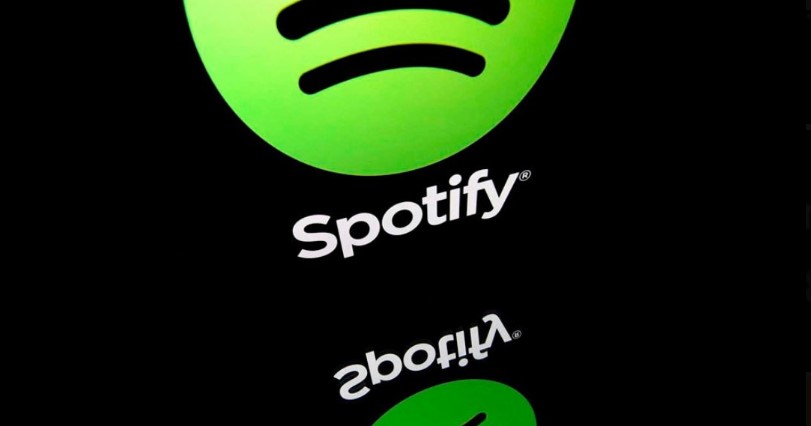Spotify introduces snooze button feature to combat overplayed songs

This new "snooze button" feature allows users to temporarily mute songs that have been overplayed, giving listeners the ability to avoid hearing those tunes for a 30-day period.
To further elevate user satisfaction, Spotify is rolling out a much-anticipated feature designed to offer a solution to the often-repeated frustration of hearing the same songs too many times.
This new "snooze button" feature allows users to temporarily mute songs that have been overplayed, giving listeners the ability to avoid hearing those tunes for a 30-day period.
More To Read
- Spotify expands social features with 'Messages' rollout in Kenya
- Spotify brings video podcasts and music videos to Apple TV in major app overhaul
- Why industry-standard labels for AI in music could change how we listen
- Spotify's Android app freezing, crashing for users on Wi-Fi
- YouTube Music testing new feature that could rival Spotify’s AI DJ
- OpenAI opens doors to third-party apps like Spotify in ChatGPT
Spotify, the world’s leading music streaming service, has long been aware of user feedback surrounding the repetitiveness of tracks, especially when the platform’s algorithm tends to play the same songs.
For many users, hearing the same tracks on repeat can disrupt the enjoyment of their playlists, radio stations, and daily mixes, and prevent them from even discovering new music, so this new feature addresses that very issue.
The snooze button will appear next to the song name whenever a user is playing a song they feel has been overplayed.
With a simple click, the song will be temporarily removed from their playlist rotation for a full 30 days.
This means users can take a break from the track without completely removing it from their library, offering a much-needed reprieve from the constant repetition.
The feature will apply to songs in a user’s recommended playlists, giving them full control over the songs they wish to avoid for a while.
Currently, the snooze feature is only available to Premium users as part of Spotify’s testing phase.
However, the company has indicated that it plans to expand the feature to a broader audience soon, allowing all users to take advantage of this new functionality.
Top Stories Today











































